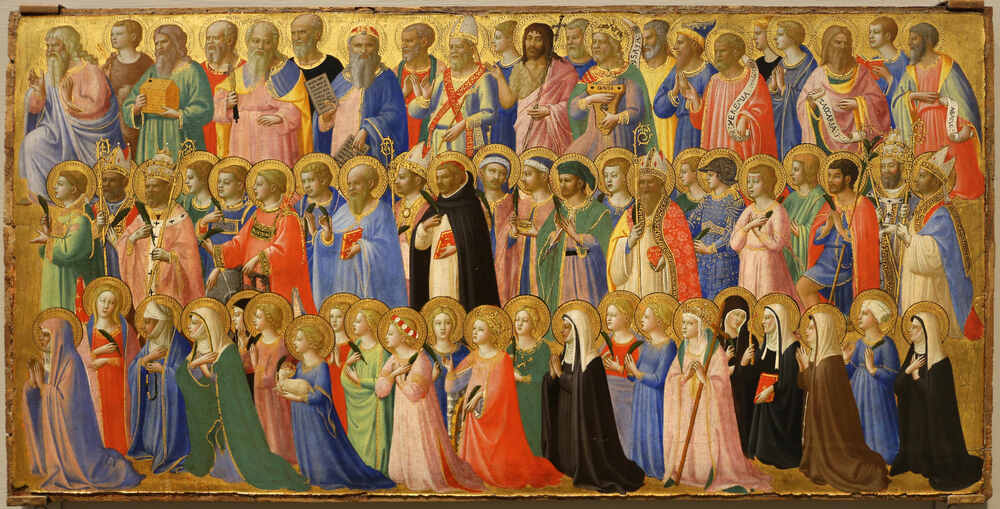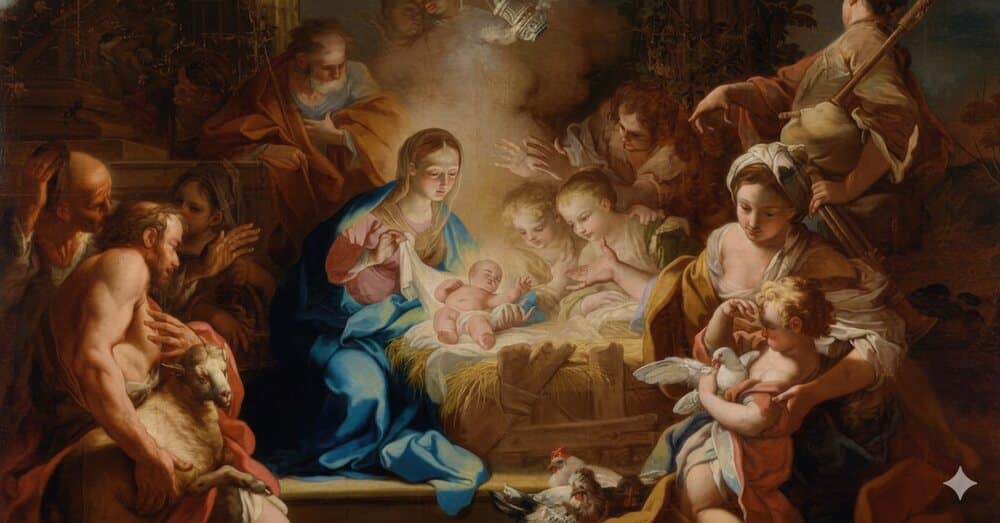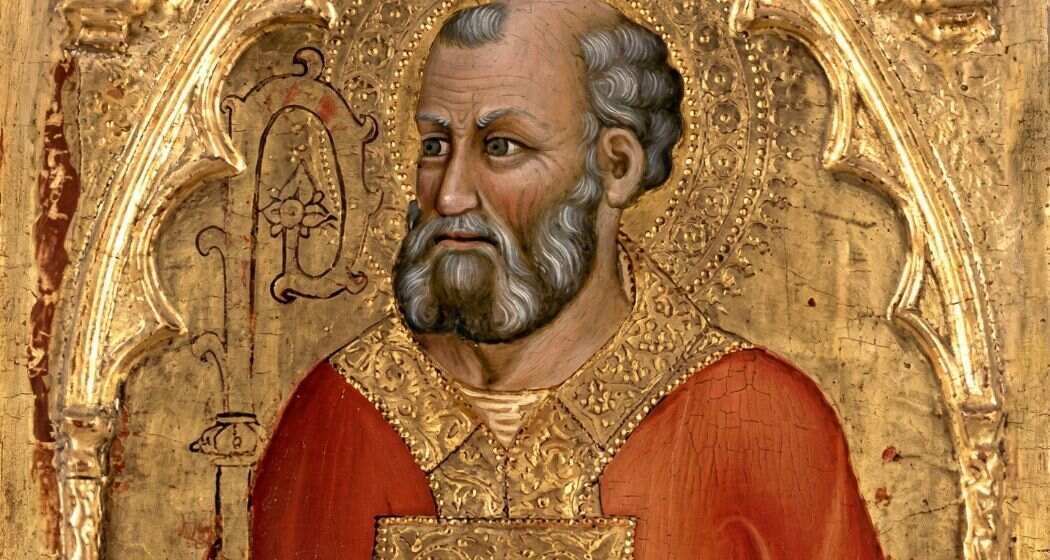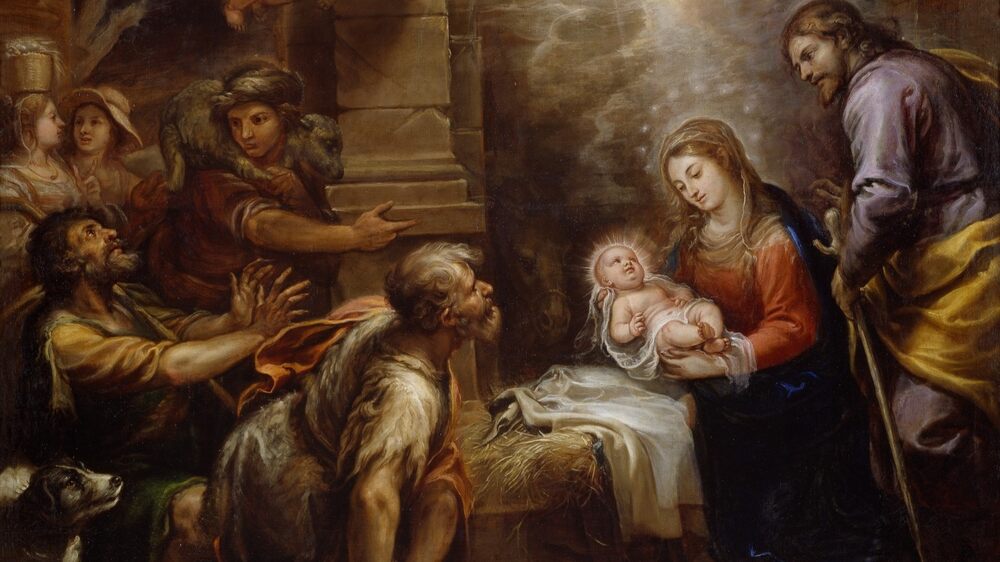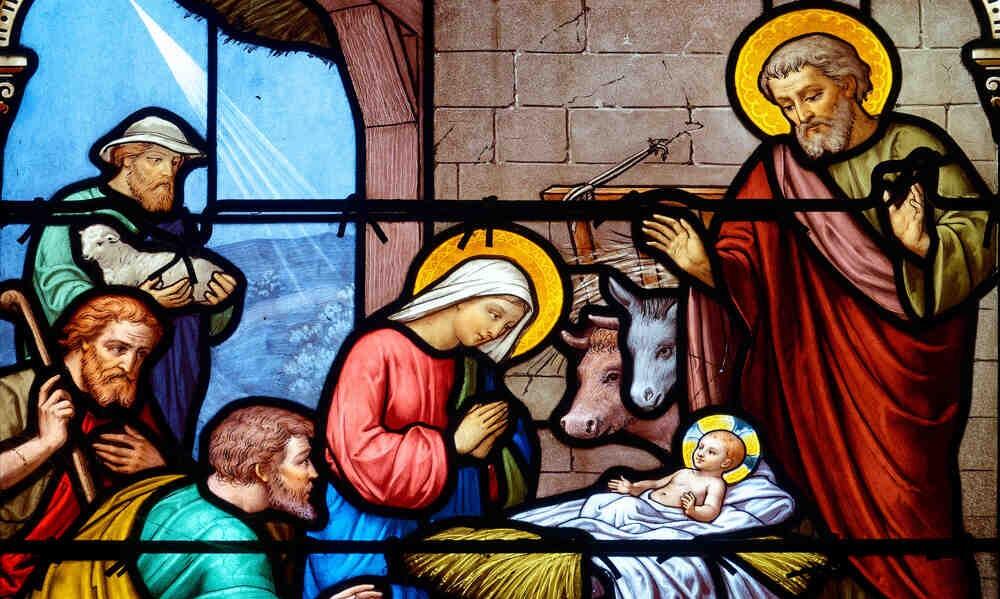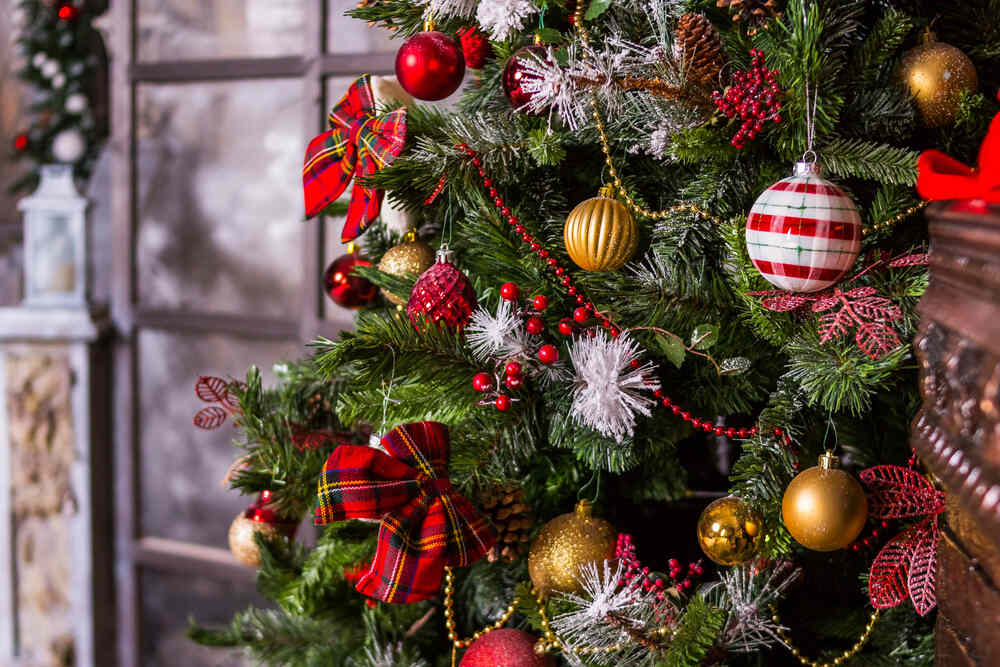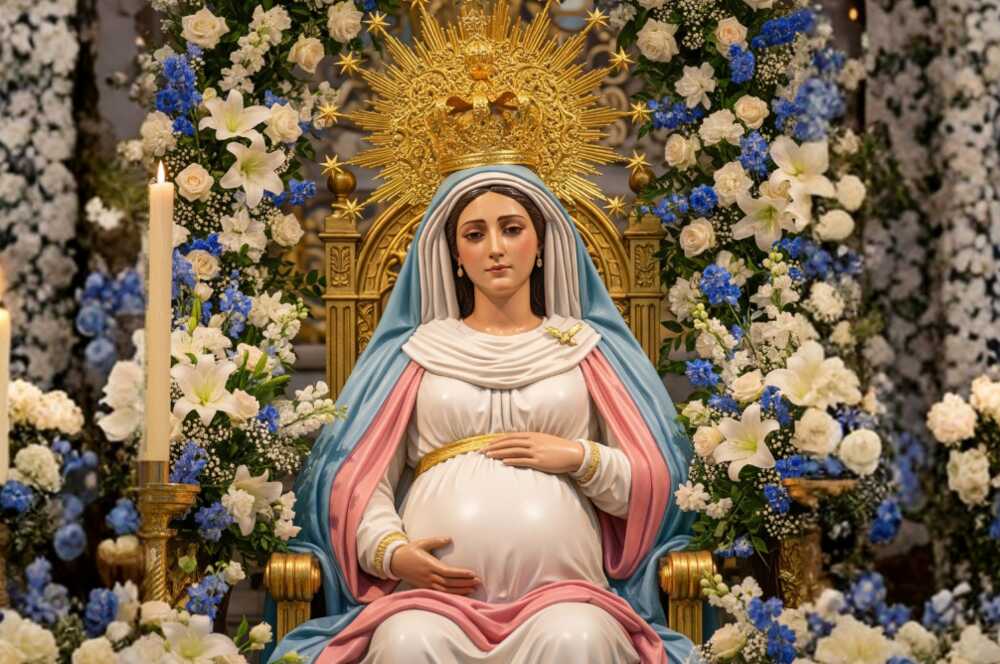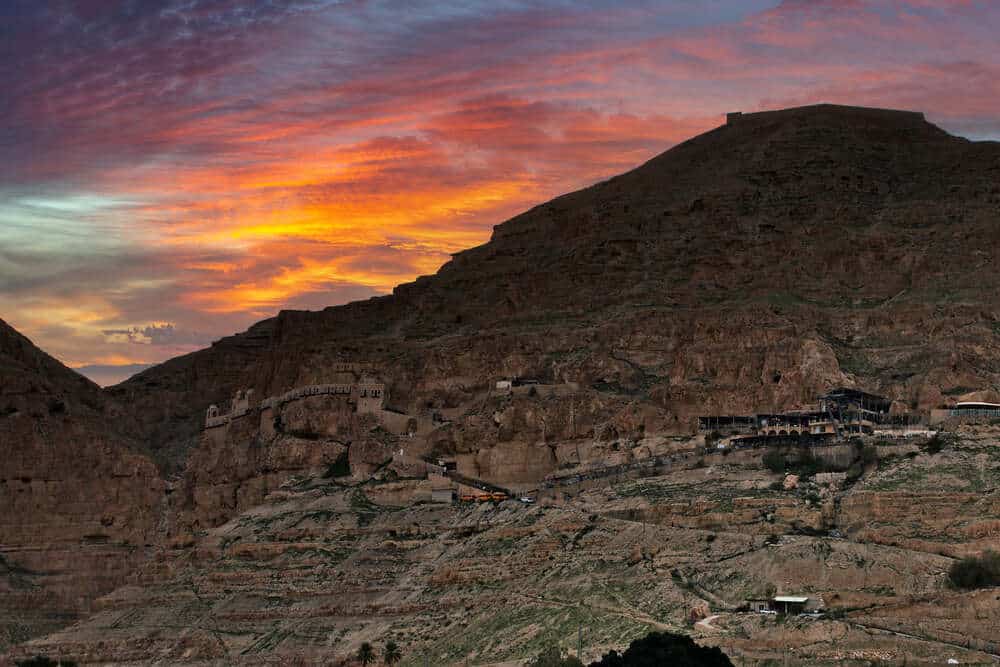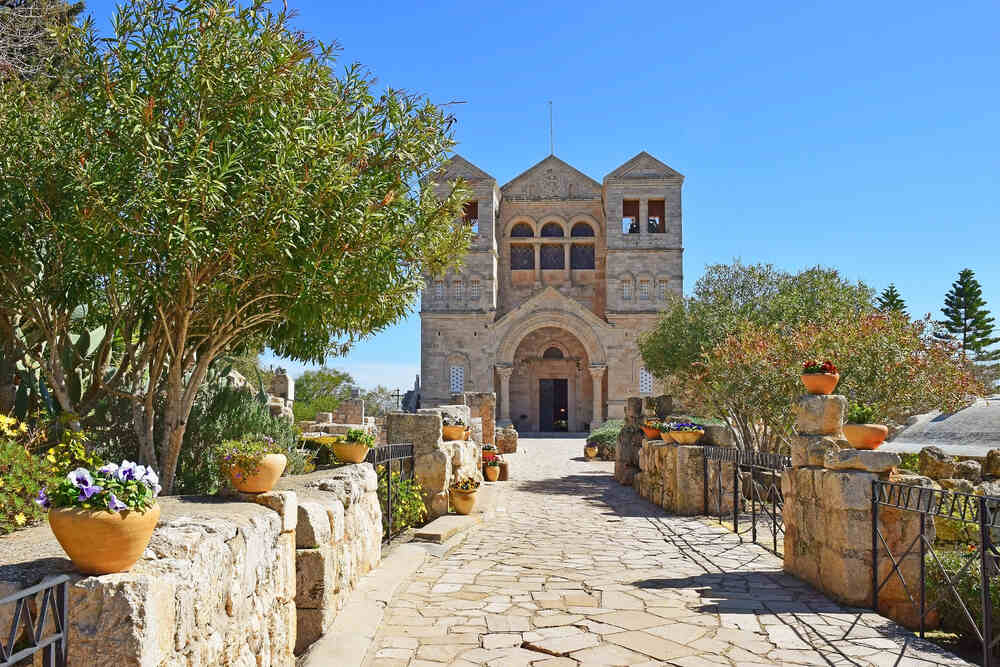Do Catholics Celebrate Halloween or All Hallows Eve?
Every year, as October 31st approaches, this question returns. Streets fill with pumpkins, costumes, and eerie decorations, while many Christians wonder whether joining the celebration is truly harmless—or if there’s something deeper behind it.
The contrast couldn’t be greater. While Halloween glorifies darkness, fear, and death, the Church invites us to celebrate light, life, and eternal hope on November 1st, All Saints Day and November 2nd, All Souls’ Day, also known as the Day of the Dead.
These profoundly Christian feasts remind us that we are called to holiness and that death does not have the final word. In a world that trivializes evil and forgets the meaning of eternal life, Catholics are invited to rediscover the beauty of these days—to pray for the departed and to rejoice in Christ’s victory over death.
In this article, we’ll explore the origins of Halloween, the true meaning of All Saints’ and All Souls’ Days, and how to live these celebrations with faith, hope, and joy.
Halloween
The Celtic New Year
The origins of Halloween trace back to 8th-century Ireland. It was originally the Celtic New Year celebration, a night dedicated to the god of death, when it was believed that the gates of the underworld opened and spirits were free to wander among the living.
The Druids—the Celtic priests, magicians, and sages—would go door to door demanding offerings from each household: food, children, or even young women. Those who complied were spared; those who refused were marked with a curse, left at the mercy of the spirits’ vengeance.
To protect themselves, people wore masks and disguises to resemble these spirits, hoping to go unnoticed and avoid harm. The Druids, in turn, welcomed the “good” spirits with masks while trying to drive away the evil ones. Another legend tells that the spirits went knocking on doors asking for food, sparing the homes of those who gave them something to eat.
When Christianity arrived in these lands, the pagan festival faded, though its memory endured through time.
A Commercial Holiday
In the mid-19th century, Irish immigrants who fled the Great Famine brought their Halloween customs to the United States, along with their ancient pagan imagery.
During the 20th and 21st centuries, with the rise of film, television, and mass media, Halloween became a global phenomenon.
Today, it is celebrated mostly as a lighthearted, commercial holiday—especially in English-speaking countries and in many cities influenced by American culture. Children dress up as monsters, witches, ghosts, zombies, and horror-movie characters, going door to door shouting “trick or treat!”
Homes are decorated with carved pumpkins, skeletons, cobwebs, and orange and black lights, while stores overflow with costumes, candy, and themed merchandise. Adults join in too, hosting parties, haunted-house events, and horror-movie marathons that playfully flirt with the macabre or spiritism.
While many consider it harmless fun, Halloween still carries traces of its pagan roots and remains deeply connected with darkness, death, and the demonic.
What Happens Spiritually on Halloween?
Few people realize that Halloween is also the most important night of the satanic calendar—the “Satanic New Year.” It is a deliberate mockery of Christ’s birth, the darkest night in which evil tries to eclipse the light of All Saints’ Day and the Commemoration of the Faithful Departed.
On this night, satanic rituals are carried out including black masses where the Blessed Sacrament is desecrated. The demonic priests often wear grotesque costumes symbolizing the devil the very image of ugliness and corruption opposed to God, who is the source of all beauty, truth, and goodness. The disguises are meant to hide from the Lord and to reject His grace.
Violence tends to rise on October 31st, and every year brings reports of horrific crimes. Children are taught to associate joy with fear, horror, and death. Even more troubling is the spiritual exposure: many young people, through curiosity or entertainment, are drawn toward occultism and spiritism. Exorcists have even reported cases of demonic possession linked to Halloween rituals or so-called “games” like the Ouija board.
The Devil, often called “the monkey of God,” mimics and distorts what is sacred. By choosing this particular date, he presents himself as the “anti-saint,” seeking to turn souls away from holiness.
So we must ask ourselves:
Can Catholics truly celebrate a pagan feast that mocks and profanes the most sacred reality we possess—the Holy Eucharist?
All Saints’ Day
All Hallows Eve
Catholics do not celebrate evil or death — we celebrate life, holiness, and victory in Christ. From the very beginning of Christianity, the Church transformed many pagan festivities by giving them new meaning in the light of faith. That’s exactly what happened with Halloween.
Since the earliest centuries, the Church has honored martyrs on the anniversary of their entrance into Heaven. In the 7th century, Pope Boniface IV consecrated the Pantheon in Rome to the Virgin Mary and all martyrs, establishing a feast in their honor. Later, Pope Gregory III designated November 1st as the day to honor all the saints, and Gregory IV extended this solemnity to the entire Church.
Toward the end of the liturgical year, we find two deeply connected celebrations: November 1st, All Saints’ Day, when we remember and ask the intercession of those who already enjoy the presence of God in the Church Triumphant; and November 2nd, All Souls’ Day, when we pray for the souls in Purgatory.
The Solemnity of All Saints actually begins on the evening of October 31st, with the First Vespers of the feast. In Old English, it was called All Hallows Evening — a phrase that, over time, became Halloween. These dates were intentionally chosen to Christianize the ancient Celtic New Year, replacing fear of evil spirits with the radiant example of the saints and prayer for the departed, who are destined for eternal life rather than wandering among the living, as the Celts once believed.
The true meaning of this solemnity is to rejoice in all the saints — both known and unknown — and, as Pope Urban IV explained, to make up for any neglect in venerating them throughout the year.
Celebrating Holiness
To celebrate All Saints’ Day is to proclaim the victory of God in the lives of those who have lived the faith with fidelity and love. It is not only about remembering canonized saints, but also about honoring the countless men and women who achieved holiness in their ordinary lives: parents, priests, religious, children, young people, and the elderly who offered their lives to God in quiet faithfulness.
This feast reminds us that we are all called to holiness. The saints are not distant figures from another time — they are living witnesses that following Christ in the midst of daily struggles is possible. By contemplating their example, the Church invites us to imitate their virtues and rekindle our own desire for Heaven.
All Saints’ Day is also a celebration of unity and hope. The Church in Heaven (the saints), the Church in Purgatory (the souls being purified), and the Church on Earth (us) form one great spiritual family — the Communion of Saints.
Day of the Dead (Commemoration of the Faithful Departed)
On November 2nd, the day of the dead expresses the deep Christian charity of praying for those who have left this world and still need purification before entering the presence of God. The Church prays for them through the Holy Mass and personal intercession, trusting that love endures beyond death.
This is not a day of sorrow, but one of communion and gratitude. We remember our loved ones, thank God for their lives, and entrust their souls to His infinite mercy. As the Catechism of the Catholic Church teaches, our prayers can assist the souls in Purgatory during their purification, and once they reach Heaven, they intercede for us in return.
While the world often turns toward the darkness and fear of Halloween, Catholics look instead toward the light of eternal life, renewing our hope in Christ’s promise:
“I am the resurrection and the life; whoever believes in me, even if he dies, will live, and everyone who lives and believes in me will never die”. (Jn 11:25)
Living These Days with Faith
The Church encourages the faithful to live All Saints’ Day (November 1st) and All Souls’ Day (November 2nd) with devotion and a truly Christian spirit through the following practices:
- Attend Holy Mass, uniting ourselves with the saints in Heaven and the souls in Purgatory. At every Mass, we join the angels and saints in glorifying God — and by receiving Communion devoutly, we can help free souls from Purgatory.
- Pray the Rosary as a family, offering special intentions for the departed and meditating on the saints who accompanied Christ on earth — the Blessed Virgin Mary, Saint Joseph, the Apostles, and the holy women. The Glorious Mysteries invite us to contemplate the beauty of Heaven.
- Visit the cemetery with reverence and Christian hope, bringing flowers and prayers — not as a sign of death, but of love that never fades.
- Offer indulgences for the souls in Purgatory. From November 1st to 8th, the Church grants a plenary indulgence to those who visit a cemetery and pray for the dead, under the usual conditions (Confession, Communion, prayer for the Pope’s intentions, and freedom from all attachment to sin).
- Read or share the life of a saint with family or friends, reflecting on their virtues and how we can follow their example.
- Avoid Halloween celebrations and symbols that obscure the meaning of these sacred days, choosing instead activities that uplift life, faith, and hope.
- Celebrate “Holywins” (“Holiness Wins”) with children. On this day, little ones dress up as saints, share their stories, and hand out holy cards in their neighborhoods. This joyful tradition is a beautiful way to evangelize and awaken a missionary spirit in the young.
- Reflect on the Christian meaning of death and eternal life.
By living these practices, Catholics not only resist a culture that trivializes evil and death but also proclaim through prayer and action the victory of Christ and the hope of Heaven.
In the face of celebrations that distort the true Christian meaning of these days, Catholics are called to recover and cherish the authentic traditions of the Church. It’s not merely about rejecting Halloween, but about re-Christianizing it — reclaiming its original meaning as All Hallows Eve.
Our focus must return to God — to the beauty of holiness, to the radiant lives of those who have gone before us and now rejoice in the vision of God.
During these days, when we are invited to reflect on death and eternity, let us pray for the holy souls in Purgatory and meditate on our own mortality and eternal destiny.
Let us replace pagan festivities with prayer and vigil, asking God to restrain the power of the Evil One and his influence over so many men and women who, often unknowingly, fall into his snares. And what better way to do this than by keeping watch before the Blessed Sacrament, offering reparation and consolation to Our Lord for the many sacrileges committed in these times?
What does the word “Halloween” mean?
“Halloween” comes from the Old English expression All Hallows’ Eve, meaning “the eve of All Saints.” Originally, it referred to the night before November 1, when Christians prepared to honor the saints in Heaven.
What does the Church celebrate on November 1st?
All Saints’ Day is a solemn feast in which the Church honors all men and women who have reached holiness — both the well-known saints and the countless unknown ones. It is a day of joy and hope that reminds us of our own calling to eternal life.
What’s the difference between All Saints’ Day and All Souls’ Day?
On November 1st, we celebrate those who already rejoice in God’s glory; on November 2nd, we pray for the souls still being purified in Purgatory as they journey toward Heaven. Together, these dates express the communion between the Church triumphant, the Church suffering, and the Church militant.
Why don’t Christians celebrate Halloween?
Because we choose to celebrate life, holiness, and the triumph of God’s love over fear, rather than darkness or death.
How can Catholics live these days faithfully?
By attending Mass, praying for the departed, reading or sharing the life of a saint, or joining initiatives like Holywins, which celebrates the victory of holiness over evil. The key is to live these days with faith, joy, and hope in eternal life.

